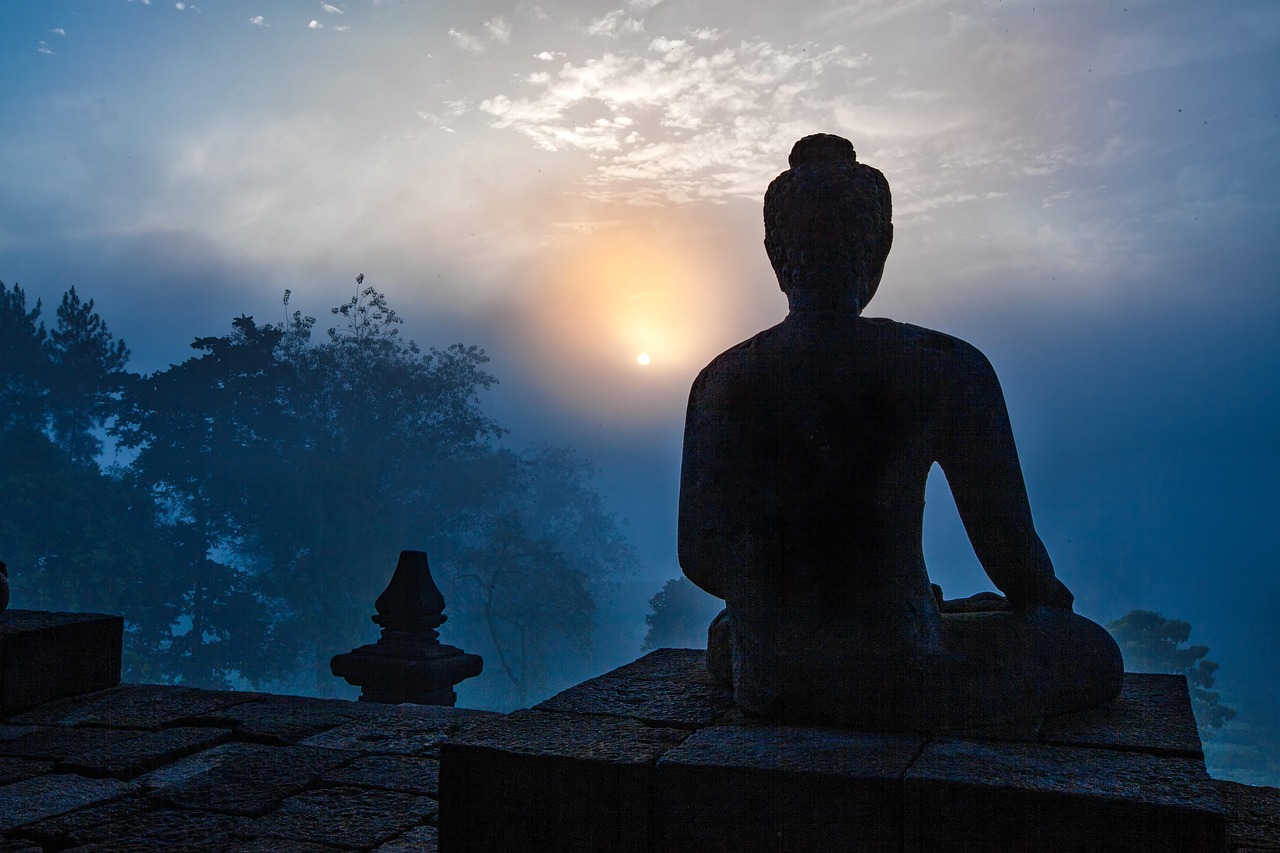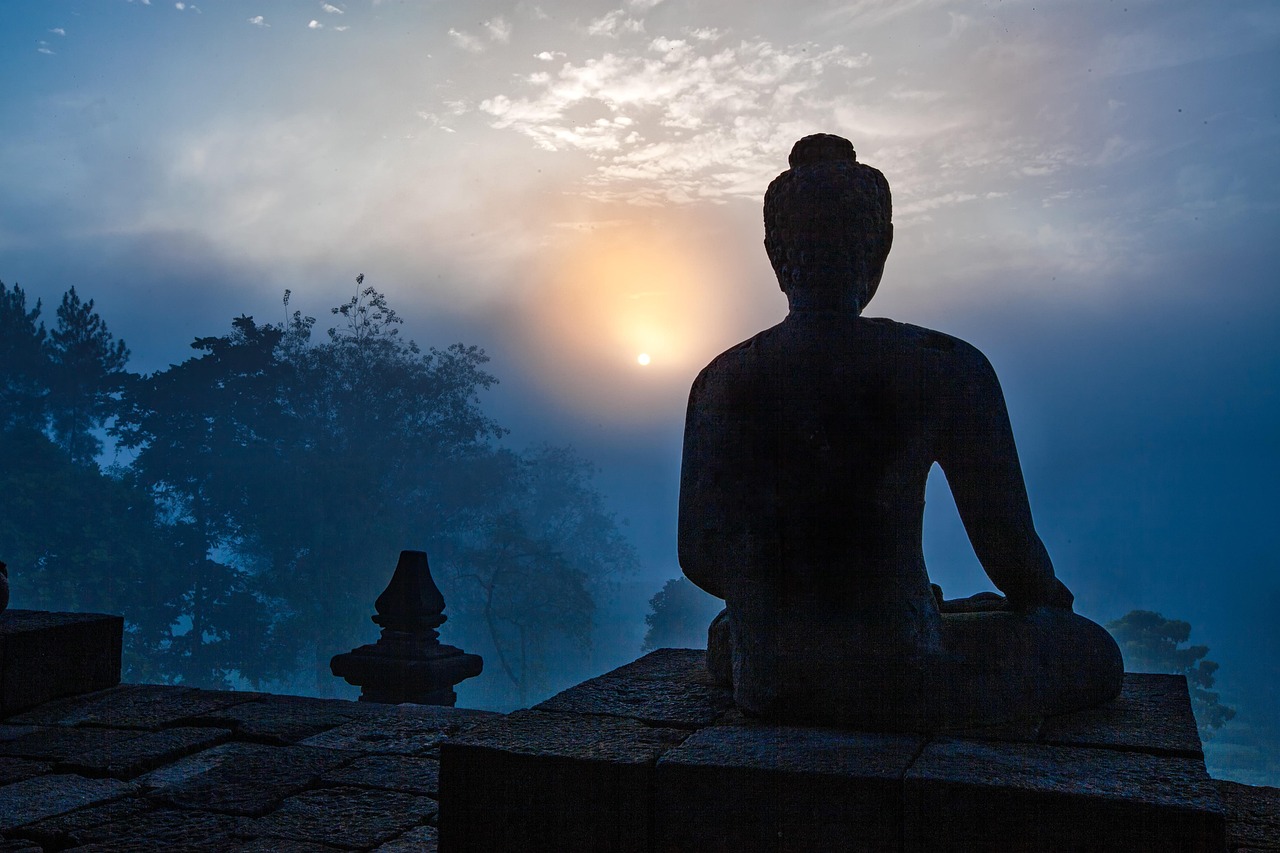
The Return of the Buddha’s Gems
So here’s the scoop: recently, the Piprahwa relics, which are believed to be linked to the historical Buddha, have made headlines after a dramatic twist in their ownership saga. Just a few months ago, Sotheby’s was set to auction these so-called “gem relics” in Hong Kong, causing an uproar among Buddhist leaders and scholars around the globe. The auction was postponed amid outrage and a legal demand from the Indian government for their repatriation. Fast forward a few months, and these relics are back in India, purchased by Godrej Industries, a major Indian conglomerate. While this sounds like a win for cultural heritage, there’s more to unpack here. Let’s face it, this whole affair isn’t just about shiny objects; it’s a complex narrative steeped in colonial history and cultural significance. The Piprahwa relics were unearthed by William Claxton Peppé in 1898 from a stupa in northern India—essentially a funerary monument. At the time, they were among the first credible remains thought to be connected to the Buddha. The British colonial government, in a classic show of disregard for indigenous cultures, claimed the relics under the 1878 Indian Treasure Trove Act. It’s a classic case of colonialism’s insatiable appetite for exotic artifacts, and it didn’t stop there. Peppé was allowed to keep a fifth of the gems, which eventually wound up in the hands of Godrej Industries. Now, don’t get me wrong; it’s great to see these relics back on Indian soil, touted as an example of public-private partnership by the Indian culture ministry. But let’s call a spade a spade: they’re still under private ownership. Godrej has pledged to display the relics publicly and loan some to the National Museum in New Delhi, but what does that really mean for the long-term custodianship of these sacred items?
We have to ask: are they just being commodified again, or is there a genuine effort to honor their significance?
Here’s where it gets really interesting. The relics are often described as precious gems and jewels, but to Buddhists, they’re much more than that. The distinction between “gem” and “bone” is blurred in Buddhist tradition. The relics represent the essence, the sharira, of the Buddha. This isn’t just a historical artifact; it’s a piece of spiritual heritage that should be treated with reverence, not as a luxury item to be auctioned off to the highest bidder. Consider this: the original context of these relics involved rituals of reverence, celebrations of the Buddha’s teachings, and a communal acknowledgment of their sacredness. When they were first enshrined centuries ago, it wasn’t about treasure hunting; it was a solemn act that involved the Shakya clan, the Buddha’s own kin. Imagine the scene—reverent hands placing the relics into intricately carved vessels, a procession of monks chanting in homage, and the community honoring the Buddha’s legacy. This is a far cry from Peppé dumping them out on a table like some garage sale find. And yet, here we are, grappling with the implications of these relics transitioning from a colonial narrative to a potential new chapter in their long history. The term “custodianship” comes into play here. If we’re to take the relics seriously, we need to think about what it means to truly care for and honor them. During a recent exhibition in Singapore, where I had the chance to curate some of these relics, I witnessed firsthand the profound respect visitors showed. They didn’t come just to gawk; many treated the relics as sacred, meditating in their presence. It struck me—are museums the right places for such items, or do they risk reducing them to mere artifacts of antiquity?
As we celebrate the return of the Piprahwa relics, it’s vital to remember the larger conversation around cultural heritage and the ongoing legacy of colonialism. Are we moving toward a future where these relics can be properly honored in a way that reflects Buddhist values?
Or are we simply reshuffling the deck, trapping these sacred objects in a cycle of commodification?
The bottom line is, we need to keep asking tough questions about who owns these relics and how we can ensure they’re treated with the dignity and respect they deserve. So, what’s next?
The real challenge will be ensuring that the Piprahwa relics don’t become just another trophy in a corporate collection or a tourist attraction, but rather, a genuine part of the living Buddhist tradition in India. As we watch this story unfold, let’s remain vigilant and engaged, because, ultimately, it’s about more than just relics—it’s about recognizing and honoring our shared human history.




